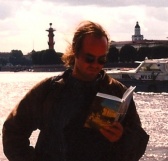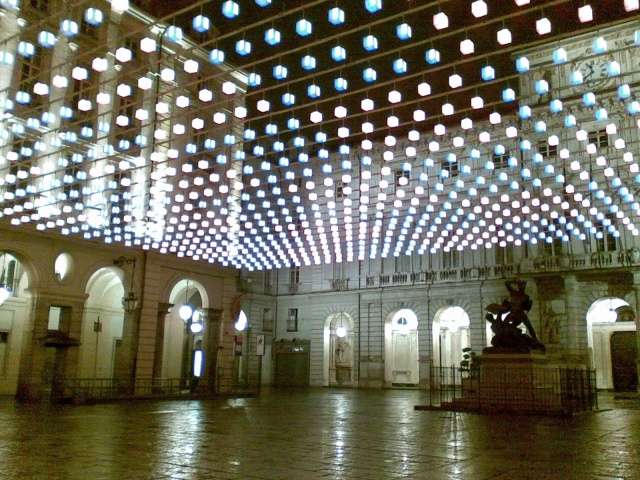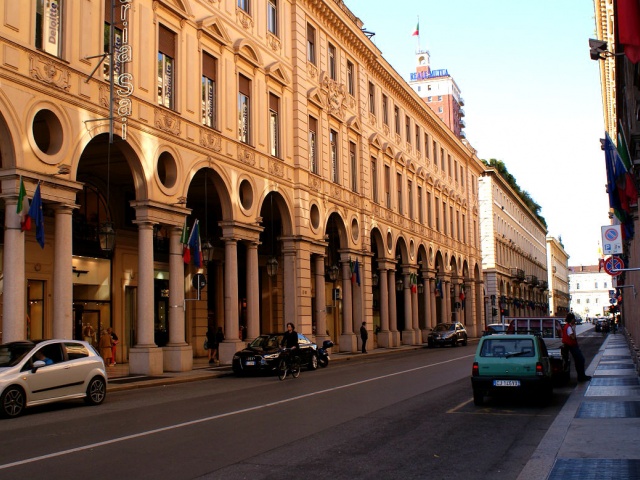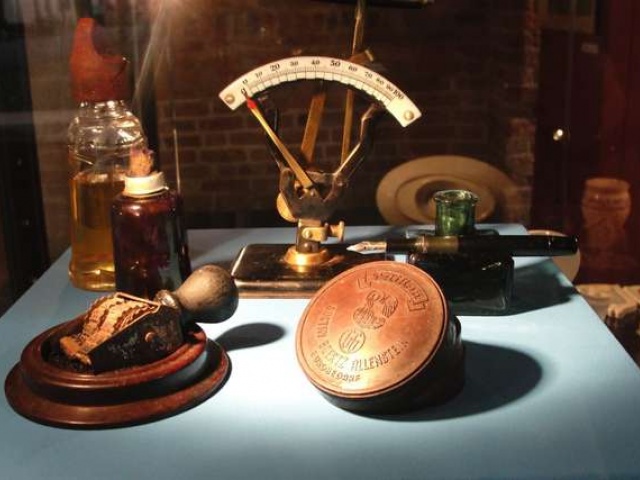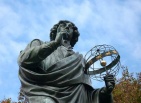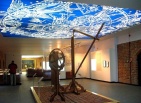
October 2017
|
|
Here is a question nobody, not even Steven Hawking (A Brief History of Time) nor Erich von Daniken (Chariots of the Gods), can answer: How large is the universe? How can it be infinite if it is at the same time also “expanding”? I decided the only scientist worth his salt who could posit a satisfactory legitimate theory of time and space would be none other than Polish astronomer and universal translator Nicholaus Copernicus (1473-1543). Unlike the “alchemists” so popular in his day, attempting (unsuccessfully) to turn base metals into gold and unlock the secret to eternal life, Copernicus risked heresy and hellfire to search the heavens in order to astound the established order of his day and figuratively bump the earth off its axis. Proposing a “heliocentric” model of the solar system--wherein the sun was the center of the known universe rather than the ancient Ptolemaic wisdom that the earth was--Copernicus verily changed the Weltanshaung of the entire world. By delaying publication until the year of his death in 1543 of his masterwork De Revolutionibus Orbium Coelestium (“On the Revolutions of the Celestial Sphere”), Copernicus avoided pissing off both Pope and populace, always ready in a heartbeat to gleefully dump so-called heretics in cold dungeons, dunk them in wine barrels, gauge their eyes out in inquisitional iron masks, and expand them on racks like “Stretch Armstrong” ™ (not the bold astronaut but the stretchy action figure). I arrived in the hometown of Copernicus, the pleasant Polish city of Torun (formerly “Thorn”) on the wrong day: the pale gray sky threatened rain; the clouds were the color of colostomy bags. Still, I ditched my “machine” and clambered over the cobblestones (usually a sign of an historic district or faux gentrification) until I reached the Hotel Kopernik in the New Town, careful to remain a bearded stranger to the overhelpful management. Nearby in the New Town Square, I ate at what many boldly claim is the world’s oldest restaurant, the 15th-century “Gospoda Pod Modryn Fartuchen”: Polish kielbasa (sausages) and pivo polska (pilsener). The magical atmosphere was further enhanced by what is known as “The Fountain,” a bubbling brood built in 1914 to commemorate Torun’s version of the “Pied Piper” legend: the peasant Janko Muzykant drove out a plague of frogs released by an ornery witch with his rustic melodic fiddle playing! At last ogling the Old Town (now a UNESCO World Heritage Site), I avoided the then-closed “Planetarium” and plowed on until I stood near the Old Town Hall, face to face with a stately stargazing statue of Copernicus (known as “Mikolaj Kopernik” in Polish), which seemed to move slightly as I studied it. I asked my burning question and imagined him smirking. But I got my revenge later by biting off the head of a piernik, a Copernicus-shaped piece of gingerbread popular with greedy dirtbag tourists and wildly friendly locals alike. I wondered what it would be like to live in the “Hanseatic League” port town of Torun as a fabulous knight errant on the fabled Vistula River (travel often involves expatriation), surrounded by “Touch Gothic” architecture and good vibes, redbrick churches and revisionism. At least, I went gaga over the Cathedral of SS John the Baptist and John the Evangelist, built over time from the 12th to 15th centuries, which featured the 7,238-kg Tuba Dei (“God’s Trumpet”), the second-largest historic bell after the one in Krakow’s Wawel Castle. Finally I visited what is (conveniently) believed to be the former residence of Copernicus (whom I nicknamed “Copper”), an ancient MTV-like “crib” now housing the Muzeum Mikolaj Kopernika (ul. kopernika 15 + 17). Unfortunately, this was not the highlight of my trip. Nice taste in furniture and objets d’art, Copper, but where were your tools of the trade: cool telescopes, fiery alembics, forbidden books, and jarred homunculi? Fast forwarding, I plopping down at a lively "privat" club with apparently no name, where I began conversing with two young Polish students who with surprising hubris posited, “Maybe things were better during Communism? Now there is no work for us!” “But in a democracy you can say anything you want without being arrested by the secret police,” I countered. “Forget the Soviets, now you are proudly NATO and EU!” A terrifyingly handsome blond German tourist, resembling a true cross between Billy Idol and Sting, interrupted: “I could not help but overhearing. Ven I lived in East Germany under Hoenicker, I vas a guard on the Berlin Vall. Ve had orders to shoot anyone who trying to escape.” The obvious ex-“Stasi” (secret policeman) looked sadly into his suds, suddenly resembling a medieval Teutonic Knight. “Things are wery wery better now I think. . . .” Obviously, the blond German ubermensch was the philosophic product of German Romanticism, a cant Kant. .... |



